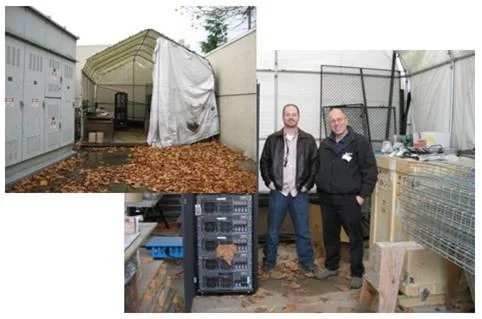Tom Krazit at Geekwire posts on edge computing. https://www.geekwire.com/2017/setting-edge-cloud-experts-sketch-edge-computing-will-evolve/
“The last ten years marked a centralization of computing, in which we moved away from relying on our individual computers to process our orders toward a world in which lightweight mobile apps and web services backed by powerful cloud data centers took over.
At Structure 2017 in San Francisco on Tuesday, it was pretty clear things are moving back in the other direction.
Several of the sessions on the opening day of the venerable cloud computing conference addressed the growing certainty that computing power is moving back to intelligent connected devices on the “edge” of the network. Microsoft CEO Satya Nadella made it a key theme of his opening keynote at Microsoft Build in May, and momentum toward this shift would appear to be growing.”
Data Center Frontier posts on who the players are. https://datacenterfrontier.com/edge-computing-101/
“Edge computing is a hot topic right now, and holds the potential to alter the geography of the data center industry, as infrastructure adapts to support the Internet of Things, virtual reality and connected cars.
As these technologies develop and gain traction, a number of companies are targeting the challenges address challenges and opportunities of deploying capacity at the edge of the network. Here’s our guide to the new players on the edge, which includes both startups and established names in the data center sector.”
You can run a google news search and find “edge computing” comes on a regular basis.
A few people have have contacted me to tell me about their efforts. I tell them I discussed this idea years ago. Here is a post from Feb 2011 where I wrote about DC Containers at cell towers. http://www.greenm3.com/gdcblog/2011/2/8/50-lower-carbon-footprint-with-new-cell-tower.html?rq=Cell%20tower
In 2010 is when I realized that compute was going to move to reduce the latency issues and network performance. The practice of having Points of Presence and Content Distribution Network was well established, but there was still an interesting opportunity to get close to devices. Since 2010 the growth of mobile devices has replaced the desktop and notebook use case.
The idea of edge computing is not new. It is just more popular. Edge computing is just one piece in the overall system and how it gets used takes time to figure out. I have had 7 years to think about it. We will see what others try.





